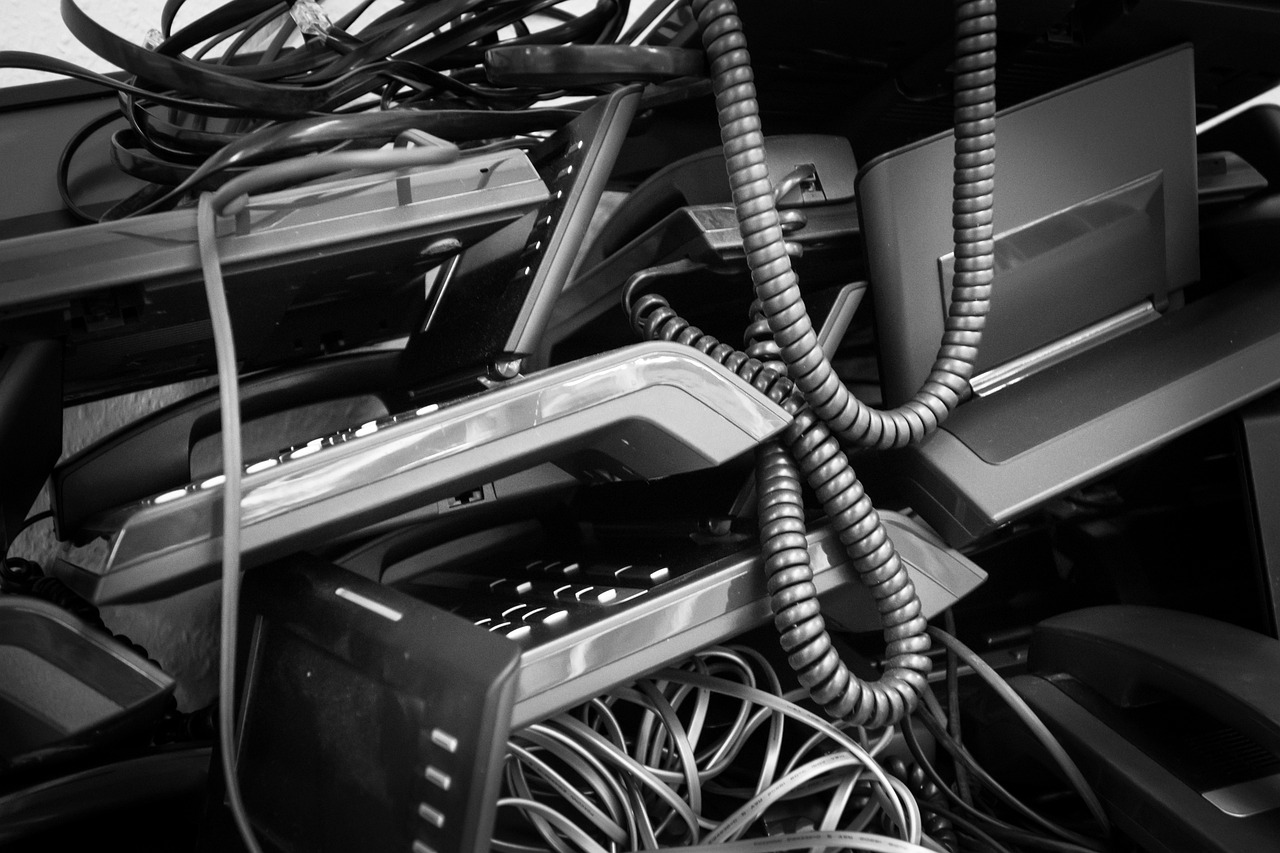Introduction
With the rapid advancement of technology, electronic waste (e-waste) has become a significant global issue. E-waste refers to discarded electrical or electronic devices, which can include anything from old computers and smartphones to refrigerators and televisions. As the volume of e-waste continues to grow, understanding how to recycle e-waste properly is essential for protecting the environment and conserving valuable resources.
In this article, we will explore the e-waste recycling process, its importance, the materials that can be recovered, and the challenges faced in the recycling industry.
What is E-Waste?
E-waste, also known as Waste Electrical and Electronic Equipment (WEEE), encompasses a wide range of discarded electronic devices. This includes items that are no longer in use, earmarked for refurbishment, reuse, resale, salvage recycling, or disposal. The improper disposal of e-waste can lead to severe environmental pollution and adverse health effects, particularly in developing countries where informal processing is common.
Key Statistics on E-Waste
- Global Generation: In 2022, the world generated approximately 62 million tonnes of e-waste, with projections indicating this could rise to 82 million tonnes by 2030.
- Recycling Rate: Only 22.3% of e-waste generated in 2022 was recycled properly, highlighting a significant gap in effective e-waste management.
- Health Risks: E-waste contains hazardous materials such as lead, mercury, and cadmium, which can cause serious health issues if not handled properly.
Why is E-Waste Recycling Important?
Recycling e-waste is crucial for several reasons:
1. Environmental Protection
Improper disposal of e-waste can release toxic chemicals into the environment, contaminating soil and water. Recycling helps mitigate these risks by ensuring that hazardous materials are disposed of safely.
2. Resource Conservation
E-waste recycling conserves natural resources by recovering valuable materials such as metals, plastics, and glass, reducing the need for new raw material extraction.
3. Energy Savings
Recycling e-waste requires less energy compared to mining and processing new materials. This contributes to lower greenhouse gas emissions and a smaller carbon footprint.
4. Economic Benefits
The recycling of e-waste can create jobs in various sectors, including collection, disassembly, and processing, contributing to local economies.
How Do We Recycle E-Waste?
The e-waste recycling process involves several critical steps:
1. Collection
E-waste is collected from various sources, including households, businesses, and designated collection points. This can be done through:
- Recycling bins: Placed in public areas for easy access.
- Take-back programs: Offered by manufacturers and retailers.
- On-demand collection services: Where collectors pick up e-waste directly from consumers.
2. Sorting and Dismantling
Once collected, e-waste is manually sorted based on its type and condition. This step often involves dismantling devices to recover valuable components such as batteries, circuit boards, and screens.
3. Shredding
After sorting, the e-waste is shredded into smaller pieces, typically a few centimeters in size. This facilitates the separation of different materials during the recycling process.
4. Mechanical Separation
Magnetic Separation
Shredded e-waste undergoes magnetic separation to extract ferrous metals like iron and steel. Non-ferrous metals are separated using eddy currents.
Water Separation
Remaining materials, primarily plastics and glass, are further purified using water to separate different types of plastic and remove contaminants.
5. Recovery
The separated materials are prepared for reuse or sent to other recycling streams. Usable components extracted earlier are also sold. The materials recovered from e-waste include:
- Precious Metals: Gold, silver, copper, platinum, and palladium.
- Critical Raw Materials: Cobalt, indium, and antimony.
- Non-Critical Metals: Aluminum and iron.
- Plastics and Glass: Recycled into new products.
| Material Type | Examples |
| Precious Metals | Gold, Silver, Copper |
| Critical Raw Materials | Cobalt, Palladium, Indium |
| Non-Critical Metals | Aluminum, Iron |
| Plastics | Various types |
| Glass | CRT glass, flat-screen glass |
Challenges in E-Waste Recycling
Despite the importance of e-waste recycling, several challenges hinder effective management:
1. Informal Recycling Sector
A significant portion of e-waste is processed in the informal sector, particularly in developing countries. Workers in these settings often lack proper safety measures, exposing them to hazardous materials.
2. Insufficient Regulations
Many countries lack comprehensive e-waste management policies, leading to inadequate recycling facilities and poor enforcement of existing regulations.
3. Public Awareness
There is often a lack of awareness among consumers regarding proper e-waste disposal methods. Many people are unaware of recycling programs available in their communities.
4. Technological Limitations
The recycling process can be complex and requires specialized equipment. Many facilities lack the technology needed to efficiently process e-waste.
Future Outlook
To improve e-waste recycling rates, several measures can be taken:
1. Enhanced Regulations
Governments should implement and enforce stricter e-waste management regulations to ensure safe and effective recycling practices.
2. Public Education Campaigns
Raising awareness about the importance of e-waste recycling and available disposal options can encourage more people to participate in recycling programs.
3. Investment in Technology
Investing in advanced recycling technologies can improve the efficiency of the recycling process and increase recovery rates of valuable materials.
4. Collaboration between Stakeholders
Collaboration among governments, businesses, and non-profit organizations can lead to the development of comprehensive e-waste management strategies.
Conclusion
Recycling e-waste is a critical process that helps protect the environment, conserve natural resources, and promote public health. By understanding how e-waste is recycled and the importance of proper disposal, individuals and organizations can contribute to a more sustainable future.
As technology continues to evolve, the need for effective e-waste recycling will only grow. By taking action now, we can ensure that valuable materials are recovered and hazardous substances are managed safely, benefiting both the planet and future generations.
By focusing on improving e-waste recycling practices and raising awareness, we can create a cleaner, healthier environment for all.

Leave a Reply